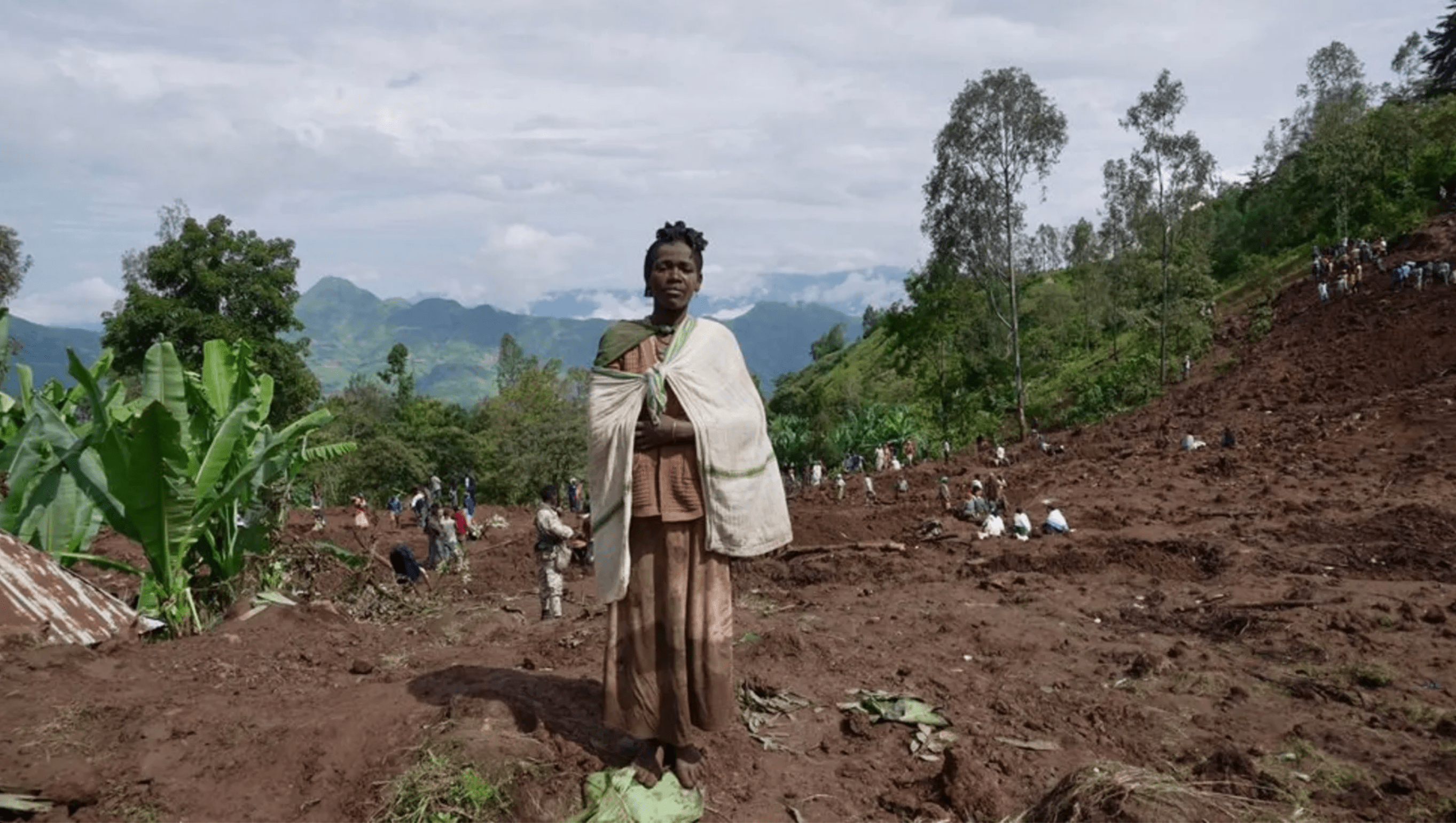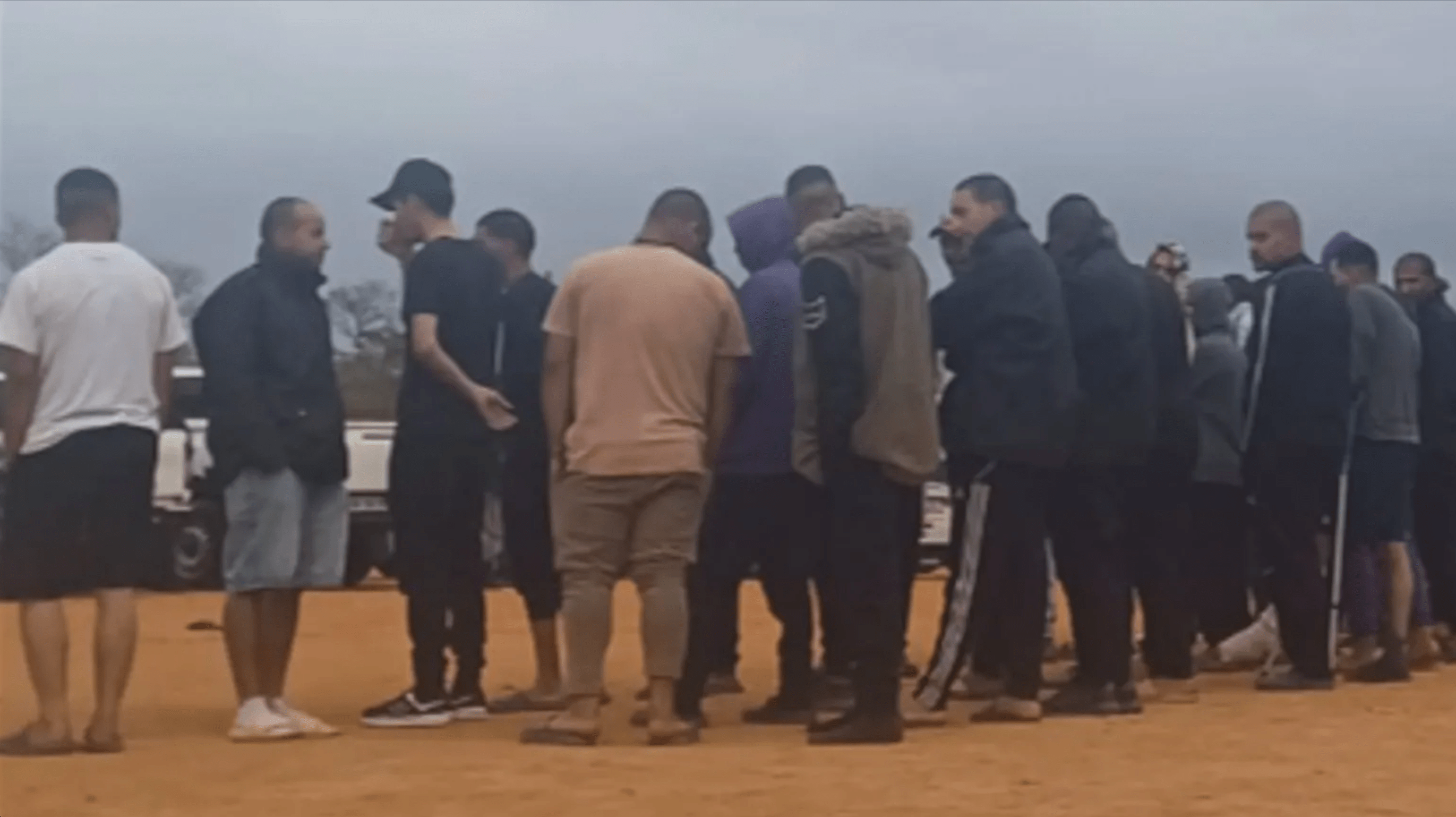OVER 70 years of seal culling along the Namibian coast has led to unnatural population growth of the Cape Fur Seal, with far too many female seals having pups each year, a South African organisation says.
“Before people from Western countries came to the coastlines of Namibia and South Africa, seals lived on the offshore islands of both countries, as many reports of sailors confirm,” says Francois Hugo, who runs Seal Alert, an organisation for the protection of seals. Hugo gave a presentation to the Namibian Ministry of Fisheries and Marine Resources and marine experts last Thursday.The media were not allowed to attend.Hugo however gave a copy of his presentation to The Namibian before he returned to South Africa.ISLAND INVASION According to him, the annual harvesting of guano – dried marine bird droppings and still sought after as a fertiliser – on the offshore islands drove the seals off these islands.The islands were the preferred living habitat of seals.Their habitat problem was exacerbated when seal culling started and continues until today.The annual killing was destroying the natural breeding and reproductive cycle of seals, causing unnatural growth and additional breeding colonies were created along beaches as seal cows fled the killing fields, Hugo told the meeting.”If the seal colonies had been left alone and culling had not commenced on the bad advice of scientists, Namibia’s seal population would be lower than the 70 000 it was 30 years ago.”Today there are approximately one million seals in Namibia, of which 320 000 are pups.If left alone, the seal population would naturally be controlled by environmental influences such as availability of food and space on the islands.According to Hugo, seals had consumed about N$90 billion worth of fish along the southern African coast over the past 30 years.Over three million seals had been killed during culls in both countries over the past three decades.”Because of man’s interference in the breeding cycle, the seal population had increased by a staggering 400 per cent since 2000 in Namibia,” Hugo argued.By comparison, the seal populations on the islands along the Cape coast have halved over the past years because of limited space, food and other factors since culling stopped in South Africa.”Seal cows with pups have a limited range to swim in the ocean for food.If they lose their pups through culling, they swim the same far distances as bulls and that is how new breeding colonies are created,” he added.”Give the islands back to the seals to live on, which is their preferred habitat anyway, and the population will balance out over the next few years,” Hugo told The Namibian when contacted on Tuesday.”They will as a result consume less fish, which will improve matters for the Namibian fishing industry,” he added.CULLING IS COSTING THE ECONOMY Seal-watching through eco-tourism would provide hundreds more jobs in Namibia than the culling industry does.At present, the seal industry has created 150 jobs and only rakes in some N$700 000 a year.According to Hugo, seal tourism operators in South Africa earn N$15 million a year with boat tours and seal viewing.The Namibian Government recently granted licences to two concessionaires for killing up to 80 000 seal pups and 6 000 bulls for three years up to 2009.The culling season runs from July 1 to November 15.The penises of the bulls are dried and exported to Asian countries, where they are considered to be aphrodisiacs.The pelts of the culled animals are used to manufacture shoes and handbags.Meanwhile, the Ministry of Fisheries on Tuesday announced that another conference with Seal Alert would take place in due course.In a press release, the new Permanent Secretary of the Ministry, Frans Sheehama, said the findings of Namibian scientists on the seal issue would be made available to Seal Alert and afterwards another meeting would take place.Hugo told The Namibian that he was still waiting for the scientific documents.Thirty-four people attended last Thursday’s meeting.They were from the Ministries of Fisheries, Tourism, Trade and Industry, the Namibian Tourism Board, the Chamber of Commerce and Industry (NCCI), Namdeb and De Beers Marine, and Namibia Breweries.The National Council of the South African Society for the Protection of Animals (SPCA), Humane Society International for Animals and the World Society for the Protection of Animals were also represented.Hugo gave a presentation to the Namibian Ministry of Fisheries and Marine Resources and marine experts last Thursday.The media were not allowed to attend.Hugo however gave a copy of his presentation to The Namibian before he returned to South Africa.ISLAND INVASION According to him, the annual harvesting of guano – dried marine bird droppings and still sought after as a fertiliser – on the offshore islands drove the seals off these islands.The islands were the preferred living habitat of seals.Their habitat problem was exacerbated when seal culling started and continues until today.The annual killing was destroying the natural breeding and reproductive cycle of seals, causing unnatural growth and additional breeding colonies were created along beaches as seal cows fled the killing fields, Hugo told the meeting.”If the seal colonies had been left alone and culling had not commenced on the bad advice of scientists, Namibia’s seal population would be lower than the 70 000 it was 30 years ago.”Today there are approximately one million seals in Namibia, of which 320 000 are pups.If left alone, the seal population would naturally be controlled by environmental influences such as availability of food and space on the islands.According to Hugo, seals had consumed about N$90 billion worth of fish along the southern African coast over the past 30 years.Over three million seals had been killed during culls in both countries over the past three decades.”Because of man’s interference in the breeding cycle, the seal population had increased by a staggering 400 per cent since 2000 in Namibia,” Hugo argued.By comparison, the seal populations on the islands along the Cape coast have halved over the past years because of limited space, food and other factors since culling stopped in South Africa.”Seal cows with pups have a limited range to swim in the ocean for food.If they lose their pups through culling, they swim the same far distances as bulls and that is how new breeding colonies are created,” he added.”Give the islands back to the seals to live on, which is their preferred habitat anyway, and the population will balance out over the next few years,” Hugo told The Namibian when contacted on Tuesday.”They will as a result consume less fish, which will improve matters for the Namibian fishing industry,” he added. CULLING IS COSTING THE ECONOMY Seal-watching through eco-tourism would provide hundreds more jobs in Namibia than the culling industry does.At present, the seal industry has created 150 jobs and only rakes in some N$700 000 a year.According to Hugo, seal tourism operators in South Africa earn N$15 million a year with boat tours and seal viewing.The Namibian Government recently granted licences to two concessionaires for killing up to 80 000 seal pups and 6 000 bulls for three years up to 2009.The culling season runs from July 1 to November 15.The penises of the bulls are dried and exported to Asian countries, where they are considered to be aphrodisiacs.The pelts of the culled animals are used to manufacture shoes and handbags.Meanwhile, the Ministry of Fisheries on Tuesday announced that another conference with Seal Alert would take place in due course.In a press release, the new Permanent Secretary of the Ministry, Frans Sheehama, said the findings of Namibian scientists on the seal issue would be made available to Seal Alert and afterwards another meeting would take place.Hugo told The Namibian that he was still waiting for the scientific documents.Thirty-four people attended last Thursday’s meeting.They were from the Ministries of Fisheries, Tourism, Trade and Industry, the Namibian Tourism Board, the Chamber of Commerce and Industry (NCCI), Namdeb
and De Beers Marine, and Namibia Breweries.The National Council of the South African Society for the Protection of Animals (SPCA), Humane Society International for Animals and the World Society for the Protection of Animals were also represented.
Stay informed with The Namibian – your source for credible journalism. Get in-depth reporting and opinions for
only N$85 a month. Invest in journalism, invest in democracy –
Subscribe Now!






